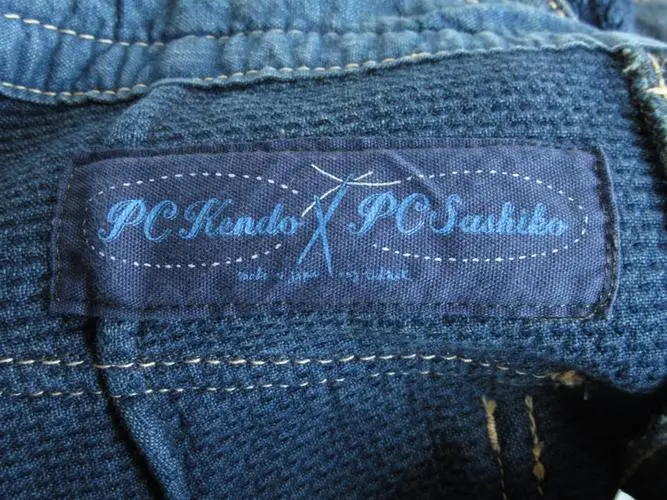indigo synthetic products
The Evolution and Impact of Indigo Synthetic Products
Indigo, a deep blue dye, has played a significant role in human culture for thousands of years. Traditionally derived from the leaves of the Indigofera plant, its rich color has adorned textiles, art, and clothing across various civilizations. However, the quest for a more stable, cost-effective, and accessible source of this vibrant color led to the development of synthetic indigo products in the late 19th century. This article explores the evolution of synthetic indigo, its production methods, applications, and the environmental implications associated with it.
Historical Background
The use of natural indigo dates back to ancient times, with evidence of its application found in cultures ranging from the Egyptians to the Chinese. The process of extracting dye from indigo plants was labor-intensive and time-consuming. By the 1890s, chemists successfully synthesized indigo, allowing for mass production and drastically reducing the cost of the dye. This breakthrough had profound implications for the textile industry and initiated a new era in dye production.
Production of Synthetic Indigo
The synthesis of indigo has primarily been achieved through two methods the traditional chemical synthesis and biotechnological processes
.1. Chemical Synthesis The most common method involves the oxidation of aniline derivatives, notably using a process developed by the German chemist Adolf von Baeyer. In this method, aniline reacts with other organic compounds, producing synthetic indigo through a series of chemical transformations. Though effective, this process raises concerns regarding the hazardous waste generated and the use of toxic chemicals.
2. Biotechnological Production In recent years, scientists have turned to biotechnology to create a more sustainable alternative for indigo production. Utilizing microbial fermentation, bacteria are engineered to convert simple sugars into indigo. This method significantly reduces the environmental impact associated with traditional chemical methods, as it minimizes toxic waste and energy consumption.
indigo synthetic products

Applications of Synthetic Indigo
Synthetic indigo has a vast range of applications, primarily in the textile industry. The most notable use is in dyeing denim, where the deep blue color has become synonymous with jeans worldwide. Beyond textiles, synthetic indigo also finds applications in other areas, such as printing inks, paint, and even cosmetics. The consistent quality and stability of synthetic indigo make it a preferred choice for manufacturers seeking reliable and vibrant colorants.
Environmental Concerns
While synthetic indigo products have revolutionized the industry, they are not without their drawbacks. The conventional production methods pose significant environmental challenges. The chemicals involved in the synthetic dye process can lead to water pollution and soil degradation if not managed properly.
Moreover, the fast fashion industry, driven by bulk production and rapid consumption, exacerbates these issues. The dyeing processes, often carried out in countries with lax environmental regulations, result in significant water pollution in local communities, affecting both human health and the ecosystem.
To mitigate these impacts, there is a growing emphasis on sustainable practices within the textile industry. This includes stricter regulations on dye production, increased investment in eco-friendly technologies, and a shift toward more sustainable textile processing methods. Brands are also exploring alternative sources for natural dyes and advocating for more sustainable practices throughout the entire supply chain.
Conclusion
The evolution of synthetic indigo products reflects both the ingenuity of chemical innovation and the complexities of modern manufacturing's environmental impacts. As the industry moves towards sustainability, the challenge lies in balancing the need for vibrant colors with the necessity of protecting our planet. Continued research into sustainable production methods, such as biotechnological processes, will be vital in ensuring that the legacy of indigo continues without compromising the health of our environment. As consumers become more environmentally conscious, demand for transparency and sustainable practices will likely reshape the future of synthetic indigo and the textile industry as a whole.
-
The Timeless Art of Denim Indigo Dye
NewsJul.01,2025
-
The Rise of Sulfur Dyed Denim
NewsJul.01,2025
-
The Rich Revival of the Best Indigo Dye
NewsJul.01,2025
-
The Enduring Strength of Sulphur Black
NewsJul.01,2025
-
The Ancient Art of Chinese Indigo Dye
NewsJul.01,2025
-
Industry Power of Indigo
NewsJul.01,2025
-
Black Sulfur is Leading the Next Wave
NewsJul.01,2025

Sulphur Black
1.Name: sulphur black; Sulfur Black; Sulphur Black 1;
2.Structure formula:
3.Molecule formula: C6H4N2O5
4.CAS No.: 1326-82-5
5.HS code: 32041911
6.Product specification:Appearance:black phosphorus flakes; black liquid

Bromo Indigo; Vat Bromo-Indigo; C.I.Vat Blue 5
1.Name: Bromo indigo; Vat bromo-indigo; C.I.Vat blue 5;
2.Structure formula:
3.Molecule formula: C16H6Br4N2O2
4.CAS No.: 2475-31-2
5.HS code: 3204151000 6.Major usage and instruction: Be mainly used to dye cotton fabrics.

Indigo Blue Vat Blue
1.Name: indigo blue,vat blue 1,
2.Structure formula:
3.Molecule formula: C16H10N2O2
4.. CAS No.: 482-89-3
5.Molecule weight: 262.62
6.HS code: 3204151000
7.Major usage and instruction: Be mainly used to dye cotton fabrics.

